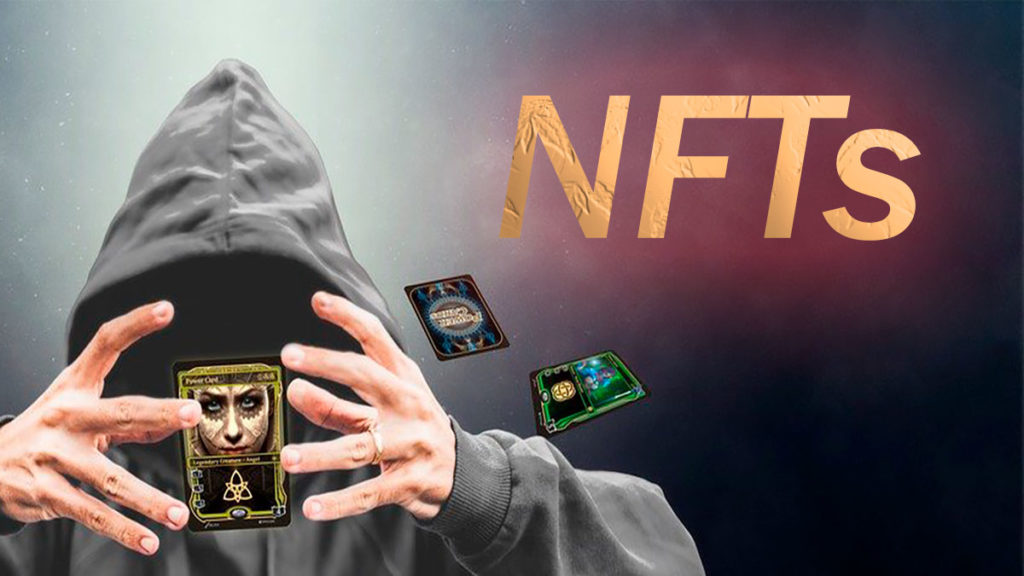Non-fungible tokens, also called crypto-collectibles, are digital assets which represent physical things, digital assets or cameos. Examples of things which NFTs represent are pieces of art, tickets, university degrees, commercial real estate, or in-game items for online games.
Since each non-fungible token has a unique identity, it makes it possible for different NFTs to stand for different things, making them tradable. Although NFTs are based on similar structure as cryptocurrencies, each of them is completely unique.
Characteristics of NFTs
The major focus of this article is to discuss the main attributes or characteristics of NFTs as well as to identify their different use cases.
- Uniqueness: There are no two NFTs which are identical, therefore people cannot interchange them. This is so because each NFT has its own metadata which cannot be altered.
- Scarcity: Creators of NFTs keep them rare in order to maintain a high value.
- Indivisibility: Each token cannot be divided into fractions as we do with cryptocurrencies. Therefore, people can only buy full units.
- Ownership: An NFT exists on a specific account on a DLT. As a result the creator of the NFT keeps control of it.
- Transparency: There is transparency in the way people transfer the NFTs. A record is always kept on the decentralized distributed ledger resulting in people verifying all activities related to it.
- Interoperability: People can trade the tokens on various blockchain systems, using a decentralized bridge or centralized custodial service.
Applications
People can use NFTs in various ways, depending on their interests and scope of focus.
- Gaming: Many games have got in-game items with value. These may include accessories such as weapons which individuals can use in other games.
- Identity: In many cases, people can use NFTs as forms of proof or identity. In this way, people can combat identity theft. For instance, people can tokenize medical records, academic documents, and persons’ appearances.
- Collectibles: We have many cases where people tokenize collectibles which they have. This means the traditional collectibles are turned into digital assets.
- Digital assets: It is now possible and common for people to create unique digital assets. For example, people can create digital assets which represent pieces of a specific land, houses, gold or any other precious minerals.
- Physical art: Artists are making much money by tokenizing their artworks. This enables them to continue to benefit from their pieces of artwork, even when they change hands.
- Social tokens: These are NFTS which people create in order to show ownership of creating a community or an organization. In the end, it helps to reduce disputes relating to their management and control.
Conclusion
Non-fungible tokens are helping many people around the world to earn income. One good thing is that they are tradable, just like cryptocurrencies and assets. As a result, people benefit from the appreciation of value they undergo.

